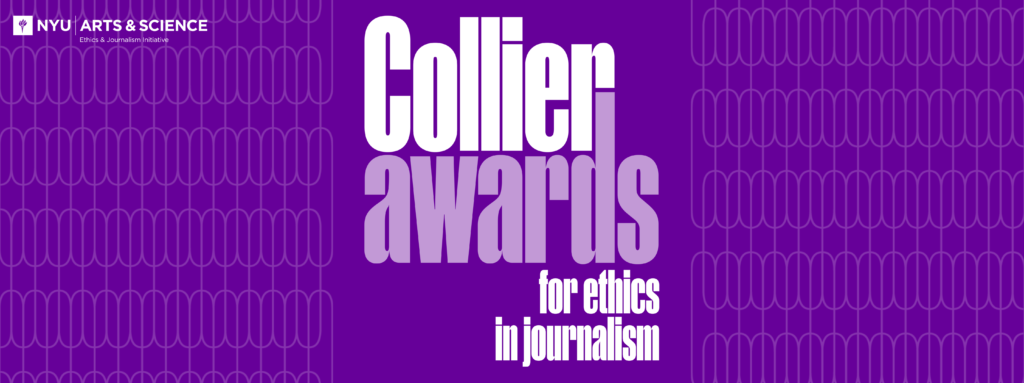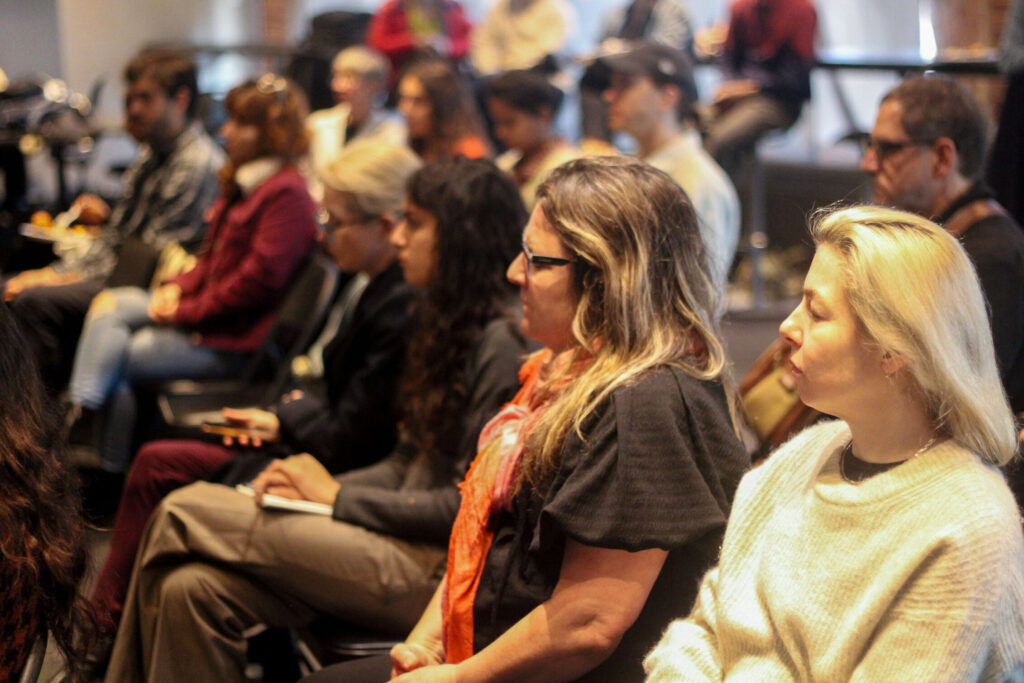March 20, 2025
Ethics & Diversity; Collier Awards: Celebrate & Read Our Top Picks; Forming Equitable Partnerships Overseas; Anonymous Sources & Trust; AI Citations; Balancing “Criticism and Praise”
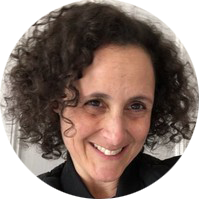
When I started reading through the newsroom ethics codes posted on our website earlier this year, I noticed an interesting trend: Even as U.S. businesses, federal agencies and major universities were rolling back initiatives to promote diversity, equity, and inclusion, plenty of news organizations continued to promote diversity, both in terms of newsroom staff and coverage of diverse voices and communities. So I reached out to the editor of one of the news outlets that remains firmly committed to diversity, Dana Coffield of the nonprofit The Colorado Sun, to talk about why good journalism offers news consumers the opportunity to hear from a wide range of viewpoints.
Coffield told me the journalists who left The Denver Post to start The Colorado Sun in 2018 were unequivocal about their mission: to tell stories about all of the people in their ethnically, geographically, and economically diverse state.
“We are of the highest and best use when we, in our coverage and, hopefully, someday, in our staff, look more like the community that we cover,” said Coffield. “The way that we can help advance equity in our communities is to make sure everybody is included in our coverage.”
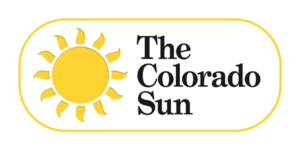
Coffield and her team remain committed to that proposition, as major U.S. businesses and universities – under an explicit threat from President Donald Trump’s Justice Department – erase anti-discrimination initiatives and scrub websites of all mention of diversity. The government’s rationale for the rollbacks, as outlined in an executive order Trump signed on his first day in office: Promoting diversity and inclusion is an “illegal and immoral” form of discrimination.
The Sun’s website, by contrast, celebrates the nonprofit’s continuing efforts “to contribute to a more vibrant, informed and whole Colorado” by writing about “diverse voices and experiences, especially those from outside dominant cultural perspectives.”
It’s important to point out that the Sun is not alone among newsrooms in standing by its diversity policies. Many major news organizations – including right-leaning outlets and at least one news outlet that receives federal funding – continue to say publicly that good journalism requires coverage of a wide range of experiences and viewpoints. At many news companies and nonprofits (though not all), diversity is still regarded as an aspirational principle, not a dirty word.
The Sun’s diversity goals are nuanced, Coffield said. “We don’t want to marginalize anybody,” she said. “We don’t want to cover somebody just because of the color of their skin.” Diversity in news coverage, as the Sun’s website emphasizes, should focus on breaking down stereotypes rather than perpetuating bigotry.
But if state policies affect particular communities, that’s a story, she said.
Read more about the Sun’s approach here
Celebrating journalism that meets the highest ethical standards in the face of pressure or incentives to do otherwise.
Join us at The Paley Center For Media NYC for an evening celebrating ethical journalism and the exceptional local, student, and global journalists who exemplify it. Come experience the excitement as news leaders from across the industry name winners in the student, local, and national/international reporting categories; listen to keynote speaker Dean Baquet; then, join us for a catered reception and mingle with fellow journalists and educators from around the country.
Free to attend, registration required.
A series of public conversations with finalists in the student, local, and national/international categories about the ethical issues that arose in their reporting and that confront journalists more generally, with an emphasis on best practices in addressing these challenges.
Topics include:
- Sharing Your Decision-Making with Audiences and How Transparency Can Build Trust
- Fairness in Accountability Reporting
- Minimizing Harm When Working With Vulnerable Sources
Free to attend, registration required.
Ariane Luthi

Student Category
For her profile of Afghan allies left behind after the US withdrew military forces, for Foreign Policy.
Garrett Shanley
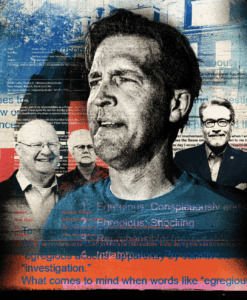
Student Category
For his reporting on tensions between liberal arts faculty and university officials over Florida’s Hamilton Center, for the Chronicle of Higher Education
Cathy Wang

Student Category
For her investigation of Johns Hopkins’s real estate holdings for the Johns Hopkins News-Letter
The Baltimore Banner

Local Category
For its four-part series exposing decades of alleged sexual abuse and cover-up by officials of Greater Grace World Outreach Church
Documented NY

Local Category
For its reporting on the increased surveillance of New York’s Chinese American community by both the U.S. and Chinese governments
Mississippi Today

Local Category
For its continued coverage of state officials’ alleged misuse of federal welfare funds in the face of an ongoing lawsuit against the publication by former Mississippi Governor Phil Bryant
NBC News, the Guardian, the International Consortium of Investigative Journalists, and Arab Reporters for Investigative Journalism

National/International Category
For their coverage of the exploitation of Amazon workers in Saudi Arabia
The New Yorker
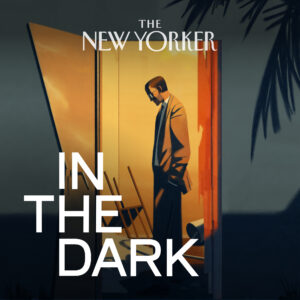
National/International Category
For “In The Dark,” a nine-part podcast series tracing the legacy of the 2005 shooting of 24 Iraqi civilians by U.S. Marines in Haditha
The Washington Post

National/International Category
For its extensive investigation of 1,800 criminal cases against law enforcement officials accused of sexually abusing children
When the Arab Spring pro-democracy movement began to sweep through the Middle East in 2011, Moroccan journalist Aida Alami was a brand-new graduate of Columbia University’s Graduate School of Journalism. Western reporters arriving in Tunisia and Morocco to cover anti-government protests sought her out, paying her about $150 a day to provide them with sources and insights. Alami received no byline credit, even though some stories by Western reporters merely repackaged the thoughts she’d shared over meals with journalists who’d parachuted in.
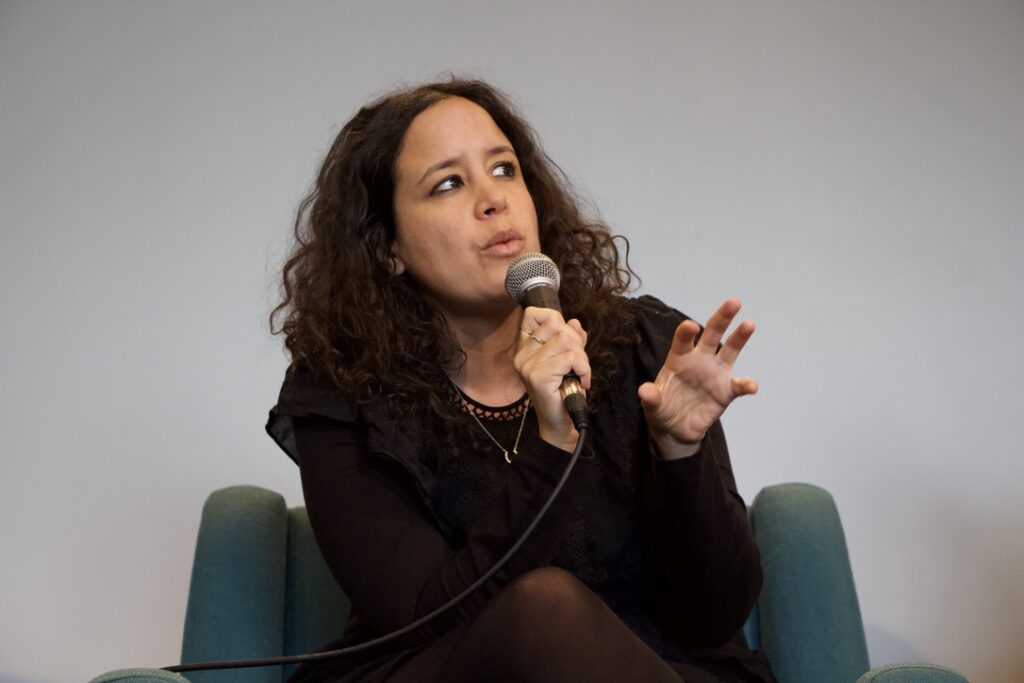
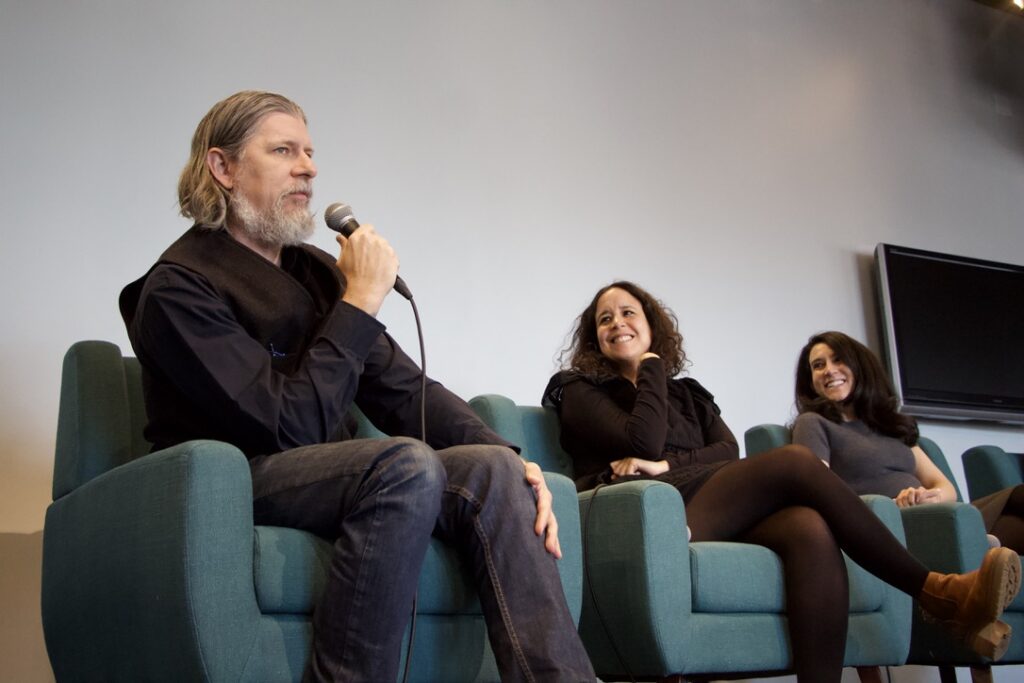
But Alami quickly realized that there was a better way for Western journalists to work with local reporters. She became a journalism teacher, pairing her Moroccan students with American students in a true collaboration. The resulting stories, Alami said, showed the “more textured reporting” that emerges when foreign reporters partner with local journalists.
The relationship between U.S.-based correspondents and local journalists was one of the themes that ran through the panel discussion, which was co-sponsored by the Overseas Press Club of America and the NYU Ethics and Journalism Initiative. In addition to Alami, who has been a regular contributor to The New York Times since 2011 and is teaching this year at Columbia, panelists were award-winning international photojournalist Victor Blue and Pulitzer Prize-winning, New York Times investigative reporter Azmat Khan, who heads the Li Center for Global Journalism at Columbia. The discussion was moderated by Ethics and Journalism Initiative Director Stephen Adler.
The Best Practices column is an occasional look at foundational best practices in journalism ethics. This month, we’re exploring the best practices and ethical considerations when using anonymous sources.
Sources are integral to a journalist’s work. They can provide essential information, context, credibility, and often, a human element to one’s story. Agreeing to withhold the identity of a source from readers, viewers or listeners is a tool that reporters sometimes must deploy if it’s the only way to get important information in their news gathering. But it’s a tool that should be used sparingly and only with the clear understanding of the agreement’s terms by the source and the journalist.
The use of anonymous sources can affect your audience’s trust in your journalism. “While most Americans express some support for the use of anonymous sources, a sizable portion of the public also says that journalists’ use of anonymous sources influences whether they trust a news story,” according to a Pew Research Center summary of a 2020 survey it conducted on the topic. “Nearly seven-in-ten Americans (68%) say that an anonymous source in a story has at least some influence on whether they find that story credible (21% say a great deal of influence and 47% say some influence).”
Then see how our Collier Awards finalists approached anonymizing sources in their winning journalism.
Have thoughts on something you’ve read here today or a journalism ethics topic in the news? We’d like to hear what you have to say and may feature your comments in a coming newsletter. You can drop us an email at ryan.howzell@nyu.edu or reach us on Linkedin, X, and Instagram. Plus, be one of the first to follow our new Bluesky account!

